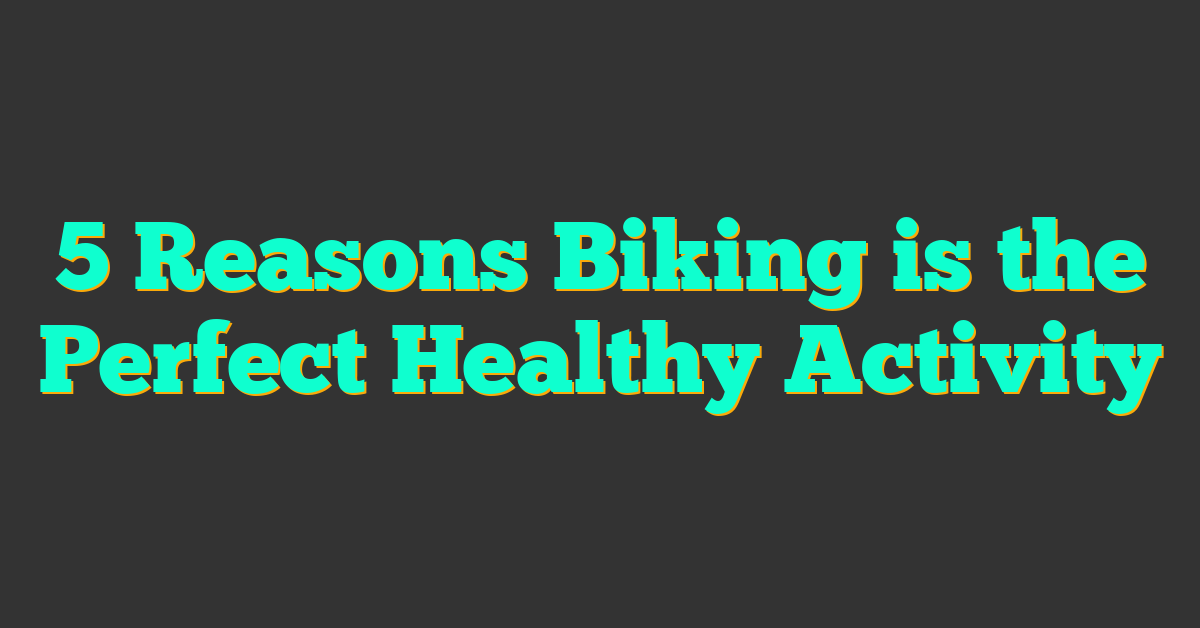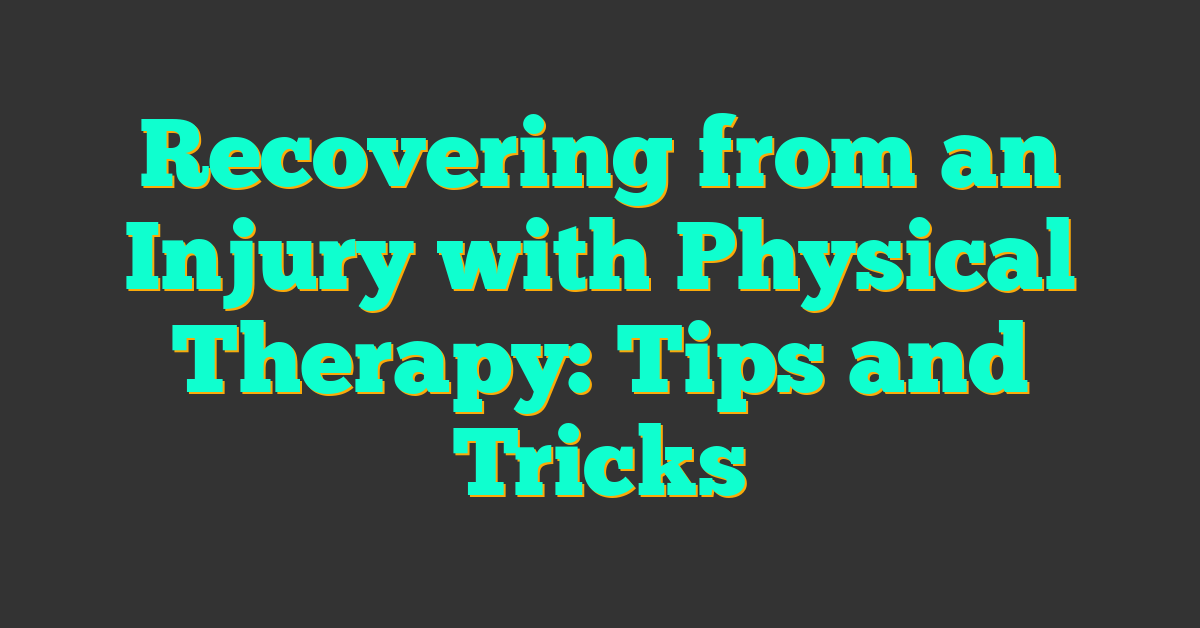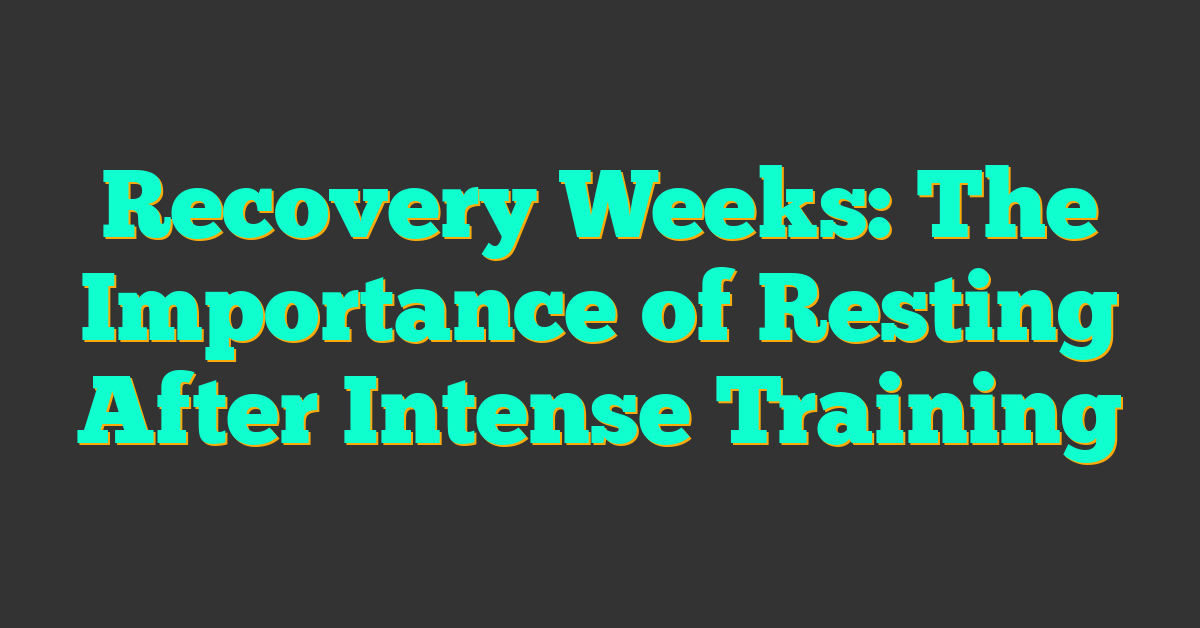Embarking on a triathlon journey is both exciting and daunting, especially for women just starting out. I remember my first race and how overwhelming choosing the right gear felt. Having the right equipment can make all the difference in your performance and overall experience.

From swimwear that ensures comfort in the water to running shoes that support every step, the right gear sets the foundation for your success. In this guide, I’ll share essential triathlon gear tailored specifically for beginner women, helping you feel confident and prepared as you dive into your first race.
Essential Triathlon Gear for Beginner Women
Starting my triathlon journey, I focused on acquiring gear that ensures comfort and performance. Here’s what I consider essential for beginner women:
Triathlon Suit
A triathlon suit combines swim, bike, and run apparel into one seamless outfit. It minimizes transition time and maintains comfort across all segments. Look for suits with moisture-wicking fabric and a secure fit.
Running Shoes
Investing in lightweight, breathable running shoes provides necessary support and cushioning. They help prevent injuries and enhance performance during the run phase.
Bicycle and Helmet
A reliable bike tailored for triathlons is crucial. Pair it with a certified helmet to ensure safety while cycling. Ensure the bike fits well to maximize efficiency and comfort.
Swim Goggles
Quality swim goggles offer clear vision and prevent water from entering your eyes. Choose goggles with anti-fog and UV protection features for better performance in various conditions.
Wetsuit (Optional)
Depending on water temperatures, a wetsuit can provide buoyancy and warmth. They are especially beneficial in colder conditions, improving swim performance and comfort.
Transition Bag
A transition bag keeps all your gear organized and easily accessible during race transitions. Opt for bags with separate compartments for each equipment piece to streamline your setup.
Nutrition and Hydration
Proper nutrition, such as energy gels, and hydration systems like handheld bottles or hydration packs, support your endurance throughout the race. Choose easily accessible options to maintain energy levels.
Sports Watch or GPS
A sports watch or GPS device tracks your pace, distance, and overall performance. Monitoring these metrics helps you stay on target and make necessary adjustments during training and races.
Sunglasses
Protecting your eyes from the sun and wind is essential. Select lightweight, polarized sunglasses that stay secure during all phases of the triathlon.
Anti-Chafing Products
Preventing chafing ensures comfort during long-distance efforts. Use anti-chafing balms or powders on areas prone to irritation, such as underarms and inner thighs.
Having the right gear made my first triathlon experience manageable and enjoyable. Each piece plays a vital role in ensuring you perform your best and stay comfortable throughout the race.
Wetsuits and Swim Gear
Choosing the right wetsuit and swim gear enhances my performance and comfort during the swim portion of a triathlon. Here’s what I consider when selecting these essential items.
Choosing the Right Wetsuit
I ensure my wetsuit offers buoyancy and warmth to improve swim efficiency. I look for suits made from flexible neoprene material that allows free movement. My wetsuit covers from the neck to the waist and has sealed seams to prevent water entry. For colder water conditions, I choose thicker neoprene, such as 5mm, while 3mm suits suit warmer temperatures. I also prefer suits with back vents for added flexibility and comfort.
Swim Caps and Goggles
I use swim caps to reduce drag and protect my hair from water. I choose caps made from silicone for durability and a secure fit. Goggles are vital for clear vision and eye protection. I select goggles with anti-fog coatings and UV protection to enhance visibility during the race. I ensure my goggles fit snugly without causing discomfort or leaking. Having both a cap and quality goggles ensures a smoother and more enjoyable swim experience.
Biking Equipment
Selecting the right biking equipment sets the foundation for a smooth triathlon experience. Here’s what you need to consider:
Selecting a Beginner-Friendly Bike
Choosing a bike designed for triathlons enhances performance and comfort. Look for:
- Triathlon Bikes: Aerodynamic frames reduce wind resistance.
- Road Bikes: Versatile and suitable for various terrains.
- Fit: Ensure the bike fits your height and body type to prevent discomfort.
- Gear System: Opt for bikes with 16-24 gears for efficient shifting.
- Weight: Lightweight frames improve handling and speed.
« Best Carbs for Triathlon Energy: Top Choices to Boost Your Performance
How to Fuel a Triathlon in Summer: Essential Nutrition & Hydration Tips »
Investing in a reliable bike from brands like Trek, Specialized, or Giant provides quality and durability essential for training and racing.
Helmet and Safety Accessories
Safety comes first when biking. Essential accessories include:
- Certified Helmet: Protects your head during falls or collisions.
- Cycling Gloves: Offer grip and protect hands from blisters.
- Lights: Front and rear lights increase visibility in low-light conditions.
- Reflective Gear: Enhances visibility to motorists and other cyclists.
- Bike Lock: Secures your bike during transitions and storage.
Choosing accessories from reputable brands ensures reliability and compliance with safety standards.
Running Shoes and Apparel
Choosing the right running shoes and apparel enhances comfort and performance during the race.
Best Running Shoes for Triathletes
Selecting the ideal running shoes is crucial for triathlon success. I prioritize lightweight models that offer excellent cushioning and support. Brands like Nike, Brooks, and Asics provide options tailored for triathletes. Look for shoes with breathable materials to keep your feet cool and reduce the risk of blisters. Ensure a proper fit by trying them on later in the day when your feet are slightly swollen. Additionally, consider shoes with a responsive sole for efficient energy transfer during your run.
Comfortable and Functional Apparel
Wearing the right apparel can make a significant difference in your triathlon experience. I choose moisture-wicking fabrics to keep sweat away, preventing chafing and discomfort. Shorts with built-in liners offer added support and reduce friction. For tops, lightweight, breathable shirts help maintain a comfortable body temperature. Compression garments can enhance blood flow and reduce muscle fatigue. Additionally, investing in a good pair of sports socks minimizes the chances of blisters and keeps your feet dry throughout the race.
Nutrition and Hydration Tools
Proper nutrition and hydration enhance performance and prevent fatigue during triathlons. I rely on specific tools to stay fueled and hydrated throughout each race segment.
Hydration Systems
Choosing the right hydration system is crucial for consistent fluid intake.
- Hydration Packs: I use lightweight packs with multiple reservoirs, allowing easy access to water while biking and running.
- Bottles: I prefer BPA-free bottles for quick sips during transitions, ensuring I stay hydrated without interrupting my pace.
- Hydration Belts: For shorter segments, belts with small water bottles keep hydration hands-free and accessible.
Nutrition Supplements
Energy supplements provide the necessary fuel to maintain energy levels.
- Energy Gels: I consume gels rich in carbohydrates every 45 minutes to sustain energy during intense efforts.
- Electrolyte Tablets: Adding tablets to my water helps replenish essential salts lost through sweat, preventing cramps and fatigue.
- Protein Bars: Post-race, protein bars aid in muscle recovery, ensuring I’m ready for my next training session.
Timing and Planning
Strategic timing of nutrition intake optimizes performance and avoids digestive issues.
- Pre-Race Meal: I eat a balanced meal with carbohydrates and proteins two hours before the race to ensure sustained energy.
- During Race Nutrition: Consistent intake every 45 minutes keeps my energy levels stable without overwhelming my stomach.
- Post-Race Hydration: Rehydrating immediately after the race with a mix of water and electrolytes accelerates recovery and reduces muscle soreness.
Tools and Accessories
Using the right tools makes managing nutrition and hydration effortless.
- Nutrition Tabs: I carry electrolyte tabs that easily dissolve in my water, ensuring balanced hydration without extra weight.
- Gel Pouches: Pre-packaged gel pouches fit neatly into my race belt, allowing quick access without fumbling during transitions.
- Insulated Flasks: During colder races, insulated flasks keep my fluids at the optimal temperature, maintaining hydration comfort.
By integrating these nutrition and hydration tools into my triathlon prep, I maintain peak performance and enjoy a smoother racing experience.
Technology and Accessories
Investing in the right technology and accessories enhances your triathlon performance and simplifies race management.
Sports Watches and GPS Devices
Accurate tracking of time, distance, and pace is crucial. Sports watches from brands like Garmin, Polar, and Suunto offer GPS functionality, heart rate monitoring, and customizable data fields. These features help monitor your progress and adjust your training accordingly.
Heart Rate Monitors
Monitoring your heart rate ensures you maintain optimal training zones. Chest straps and wrist-based monitors provide reliable data. This information assists in managing effort levels during training and race day.
Bike Computers
Bike computers track speed, distance, and cadence. Models from Wahoo and Cateye integrate with your bike’s sensors, offering real-time metrics. These devices aid in maintaining a consistent cycling pace, improving overall efficiency.
Transition Gear
Efficient transitions save valuable time. Items like magnetic buckles, elastic laces, and quick-release straps streamline the exchange between disciplines. Organizing gear with specific pockets and pouches ensures easy access during transitions.
Timing Chips
Timing chips accurately record your race times. Attaching them to your shoe or race bib provides precise splits for each segment. This data helps evaluate performance and identify areas for improvement.
Wireless Earbuds
Listening to music or podcasts can make training more enjoyable. Wireless earbuds from brands like Aftershokz and Jaybird offer secure fit and sweat resistance. They provide motivation without compromising movement.
Nutrition and Hydration Tools
Hydration systems such as handheld bottles, hydration belts, and vests ensure consistent fluid intake. Energy gels and electrolyte tablets from brands like GU and Clif offer quick energy during the race. Proper nutrition management supports sustained performance.
Safety Accessories
Safety is paramount. Reflective gear enhances visibility in low-light conditions. Bike lights from Cygolite and NiteRider ensure you remain seen during early starts or evening races. Additionally, a compact first aid kit addresses minor injuries promptly.
Smart Apparel
Smart apparel integrates technology for enhanced performance. Items like smart shirts with embedded sensors track muscle activity and fatigue levels. This data helps optimize training and prevent overexertion.
Mobile Apps
Mobile apps complement your training regimen. Platforms like TrainingPeaks and Strava offer detailed analytics and community support. These apps facilitate goal setting, progress tracking, and connecting with other triathletes.
Recovery Tools
Post-race recovery is essential. Tools like foam rollers, massage guns, and compression sleeves aid in muscle recovery. Incorporating these accessories into your routine reduces soreness and accelerates healing.
| Accessory | Purpose | Popular Brands |
|---|---|---|
| Sports Watches | Track time, distance, pace | Garmin, Polar, Suunto |
| Heart Rate Monitors | Monitor training intensity | Polar, Wahoo, Fitbit |
| Bike Computers | Track cycling metrics | Wahoo, Cateye |
| Timing Chips | Record race times | RFID, FINISHLINE |
| Wireless Earbuds | Listen to music during training | Aftershokz, Jaybird |
| Hydration Systems | Ensure consistent fluid intake | CamelBak, Nathan |
| Reflective Gear | Enhance visibility | Proviz, Tifosi |
| Smart Apparel | Track muscle activity and fatigue | Under Armour, Nike |
| Mobile Apps | Analyze training data and connect community | TrainingPeaks, Strava |
| Recovery Tools | Aid muscle recovery | Theragun, TriggerPoint |
Incorporating these technologies and accessories into your triathlon gear setup ensures a well-rounded and efficient performance, supporting your journey as a beginner triathlete.
Conclusion
Taking the leap into triathlon can feel overwhelming but having the right gear makes all the difference. I remember feeling both excited and nervous before my first race, but with the proper equipment, everything clicked into place. Investing in quality gear not only boosts your performance but also enhances your overall experience.
Don’t hesitate to reach out to fellow triathletes or join a local club for support and advice. Every piece of gear you choose is a step towards becoming more confident and prepared. Embrace the journey and enjoy every moment of your training and racing. You’re well on your way to achieving something incredible, and the right gear will help you get there with confidence and ease.
Happy training and best of luck on your first triathlon!










